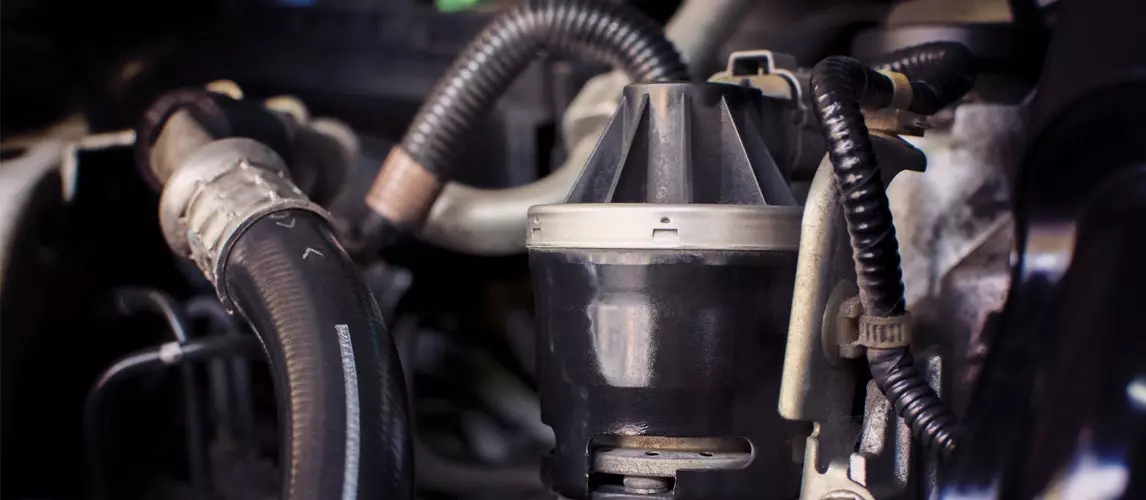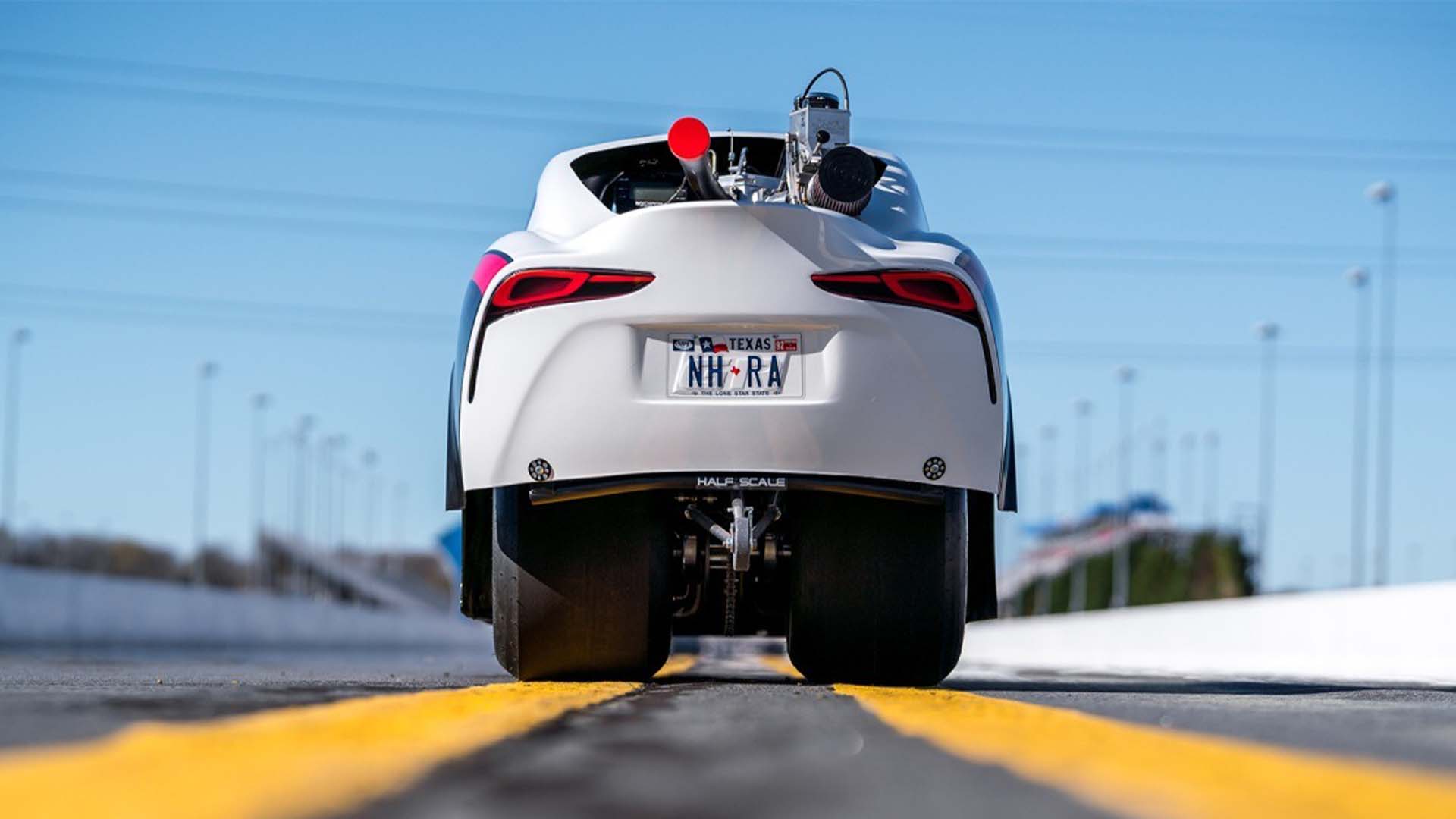Is your EGR valve faulty? Maybe; you need to look at the signs of a bad EGR valve below to understand the facts. Remember that some symptoms of a faulty EGR are indications of issues within other parts of the system. Before diving into the signs, here is an overview of what an EGR valve is and how it works.
What is an EGR Valve?
The Exhaust Gas Recirculation (EGR) valve is found in most gasoline and diesel engines, and its purpose is to help re-circulate the engine’s emissions by returning them to the combustion chamber rather than sending them to the exhaust emission system. Climate changes due to pollution have been evident over the past years, and the EGR is one way of managing these pollutions. Car manufacturers ought to include the valve in their vehicles to meet government regulations and standards. When the EGR is faulty, it causes pollution on the environment and makes the system to run poorly. Diagnosing the issue is simple, and with the proper skills, repairs are easy.
Benefits of an EGR Valve
- To reduce temperatures in the cylinder considerably
- Reduce the number of nitrogen emissions produced
How Does the EGR Work?
Air from the environment is picked up via the engine’s intake manifold, and it contains 20 percent Oxygen and 80 percent Nitrogen, alongside other minor elements. When the outside air combines with gasoline and ignites inside the combustion chamber, temperatures can rise above 25000F. Combustion at such high temperatures burns inert gas Nitrogen, resulting in oxides of nitrogen. The resulting gases and compounds are air pollutants and have adverse effects on human health. The EGR’s role is to send the exhaust gases back into the combustion chamber to reduce temperature and avert the formation of nitrogenous oxides.
The EGR is a small component that is designed to close and open as needed, to facilitate the movement of gases in and out of the combustion chamber. This is the EGR’s role irrespective of the engine system configuration. It is also the same regardless of the number of sensors or type of control; that is, to open and send exhaust gases to the combustion chamber or to prevent them from entering.
When you start the engine, this valve begins working and is on standby, awaiting in a closed position and averting the flow of exhaust gases. When the engine attains the operating temperature, and speed increases, the valve (either through electronic or pipe control) opens gradually. This paves the way for burned exhaust gases to enter and combine with the air-fuel blend inside the chamber. When you slowly and efficiently come to a stop, the valve also closes and stops the flow of exhaust gases. The process continues so long as the engine is operating. Once you shut off the engine, the valve also closes and stays in that position.
Types of EGR Systems
Diesel and gasoline-powered engines can use an array of EGR valve configurations.
- Older vehicle models
They feature an EGR valve that is thick, round and metallic. It usually has a diameter of three inches and is located at the side of the engine but towards the upper part. On these past models, there is a vacuum hose that runs the EGR valve. The tube connects the upper part of the EGR to the carburetor. The valve’s metal disk contains a vacuum diaphragm, a plunger, and spring.
- Semi-modern vehicle models
Most have an electronic-vacuum EGR valve that is placed inside a cylinder or a small block. The valve operates similarly to the ones fitted in older models, only that an electronic EGR position sensor communicates with the vehicle’s computer for easier and faster control. You may notice the electric solenoids connected via the vacuum lines to the valve too.
- Newer models
They use an electronic EGR system that includes additional components such as a digital valve that eradicates the need for vacuum control.
- Radical design
Other models have replaced the EGR valve with EGR jets at the lower part of the intake. This is only in a few car models. Some high-efficient engines like those with variable valve timing do not require EGR.
Types of EGR Valves
- Back-pressure EGR valve
- Vacuum-controlled EGR valve
- Electronic-vacuum control EGR valve
- EGR jets
- Digital EGR valve
Top Five Signs of a Bad EGR Valve
Here are the symptoms of a faulty EGR valve to look out for:
1. Poor engine performance
A bad EGR valve is likely to have issues with the engine’s performance. You are likely to experience acceleration difficulties alongside a general reduction in the engine’s power when you step on the gasoline pedal. This is because the air to fuel ration is out of whack. Therefore, the engine requires more fuel than average to have any power into the engine. As such, you will spend more money on gas because lousy fuel efficiency in your vehicle will result in a bad fuel economy.
2. Look out for the engine warning light
The “check engine” indicator will light up on the dashboard when your EGR valve fails. This will happen the moment your vehicle’s central computer senses that the valve is in an abnormal position. For instance, if the EGR valve fails to close or open as it should, the computer will detect an issue and activate the “check engine” light.
3. Fuel odor
Since the engine is now taking up more fuel than it is supposed to, more hydrocarbons will leave the tailpipe. This will exaggerate the fuel odor, and it will be felt inside the car’s cabin. You will be irritated by the smell because it is terrible for your health. So, this should be a motivation to address the valve issue.
4. Failed emission test
In case you reside in a state that requires you to test for emissions every six months, you might realize that you have a faulty EGR valve when you fail the test. You might not be alerted of the EGR problem during the trial, but it is something to watch out for right away.
5. Rough idle
The engine will have a rough idle when the EGR valve is faulty because it will remain in an open or closed position. This implies that too few or too many exhaust gases are entering the chamber, and this is why the engine is idling.
Why is My Car’s EGR Valve Faulty?
There are two types of bad EGR valves, which have different symptoms. An EGR valve can become faulty in two ways; it can be closed all the time or open at all times. It could also remain clogged by carbon and debris.
1. If the valve sticks open
When an EGR valve is an open position, it creates a vacuum leak. The leak results in incomplete combustion, which usually causes hesitation and rough idling. Stalling can also be a symptom when the valve is ever open, but it occurs in extreme circumstances. The vehicle requires oxygen from the atmosphere so that it combusts the carbon dioxide. If the chamber floods with exhaust gases, specific vehicle functions are affected.
- How to diagnose open EGR
When the vehicle is idling in a parked position, look at the plunger shaft and check whether it is open or not. Error codes of P1406 and P1404 are seen when the valve is stuck open. Remove the plug and fill it using carbon cleaner. In case the fluid leaks when the lid is placed upside down, it is held open. Use a valve cleaning kit and then proceed to pull a vacuum on the valve.
2. The EGR is stuck closed
When the valve is stuck closed, vast amounts of nitrogen oxide are emitted from the automobile. The vehicle might knock when the fuel mixture within the chamber ignites before attaining the cylinder explosion. This leads to a disruption of engine timing.
- How to diagnose closed EGR
If the car revs up in a parked position, check the EGR valve moves. If the EGR is stuck closed, errors of P041 and P1406 may show. The knocking sound is a sign that the valve is shut. You will have to remove the valve and utilize a valve kit to clear out debris.
3. Clogged EGR valve
Chucks of carbon may also prevent the EGR valves from sitting as they should. The issue causes a rough idle, and in severe cases, the automobile might stall. This is because the exhaust gas does not re-circulate to the engine at idle, and it only happens when the motor exceeds the 30mph.
- How to diagnose a clogged EGR
When the EGR valve is blocked, error codes of P1404 and P1406 may display on the engine light area. Remove the plug and clean it using the valve cleaning kit to remove blockages. If you cannot check on your own, ask for a mechanic’s assistance.
Bad EGR signs often resemble other issues within the engine system, leading to confusion. Luckily, now you are aware of the symptoms of a bad EGR and can now fix them easily. Refrain from swapping components as you attempt to fix the issue before you are sure about the problematic part. In case you experience difficulty fixing the issue, contact a mechanic for professional assistance.
Related Post: How to Clean an EGR Valve
Sources:
- How to Replace an Exhaust Gas Recirculation (EGR) Valve – Your Mechanic
- How Exhaust Heat Recovery and Recirculation Works – howstuffworks









